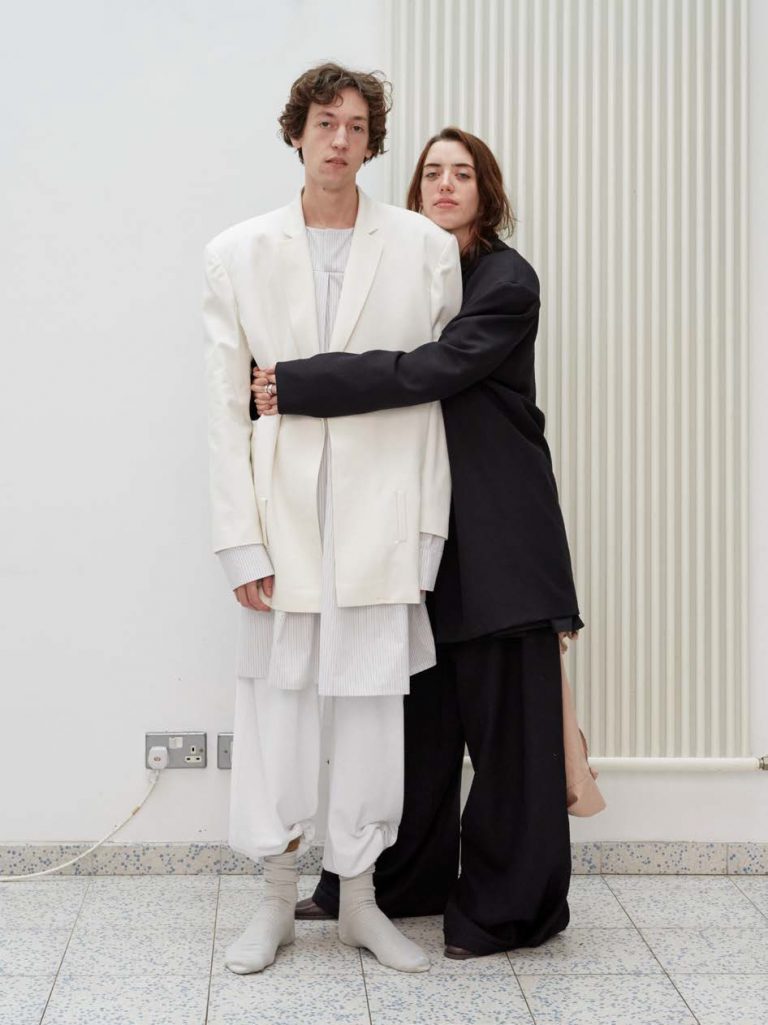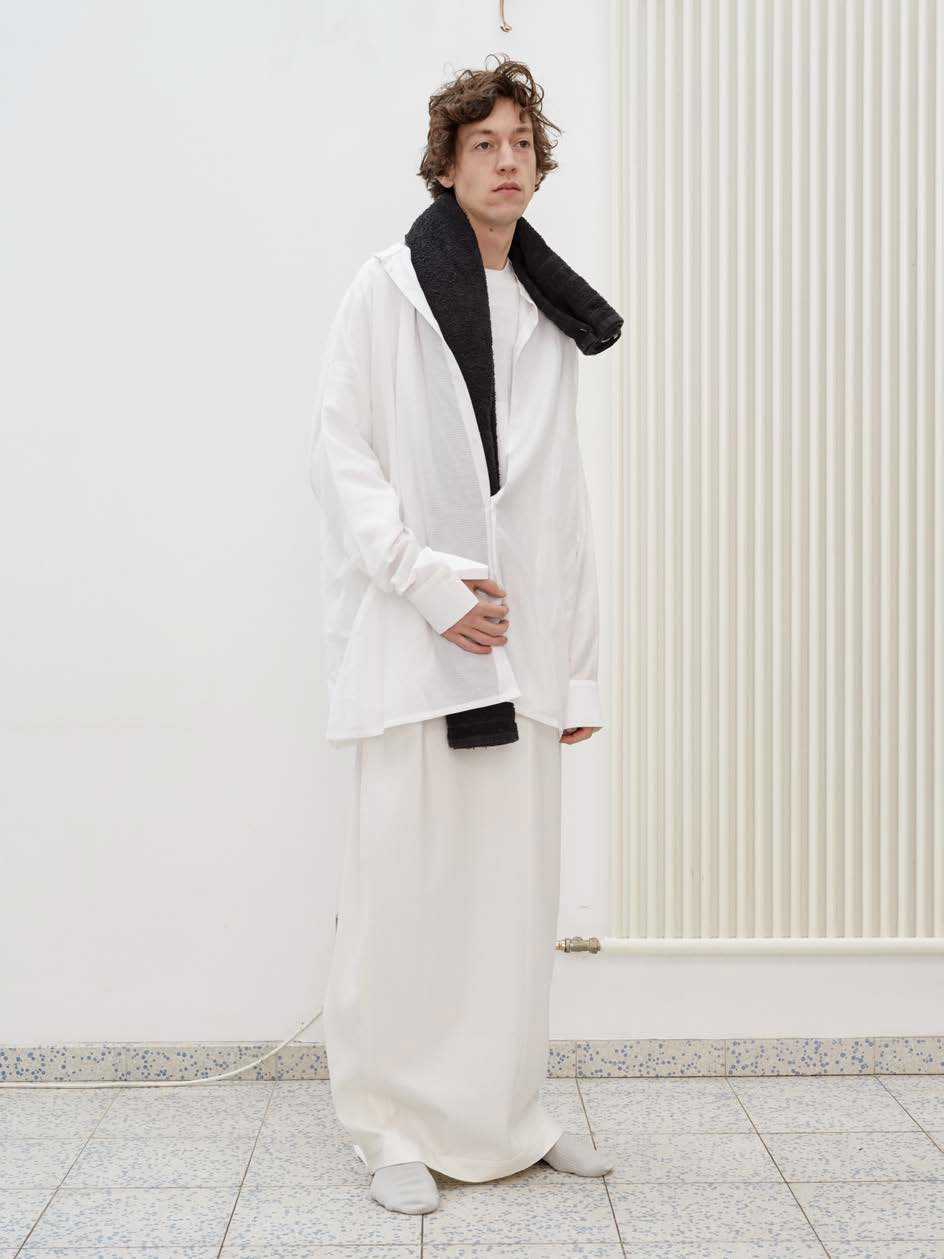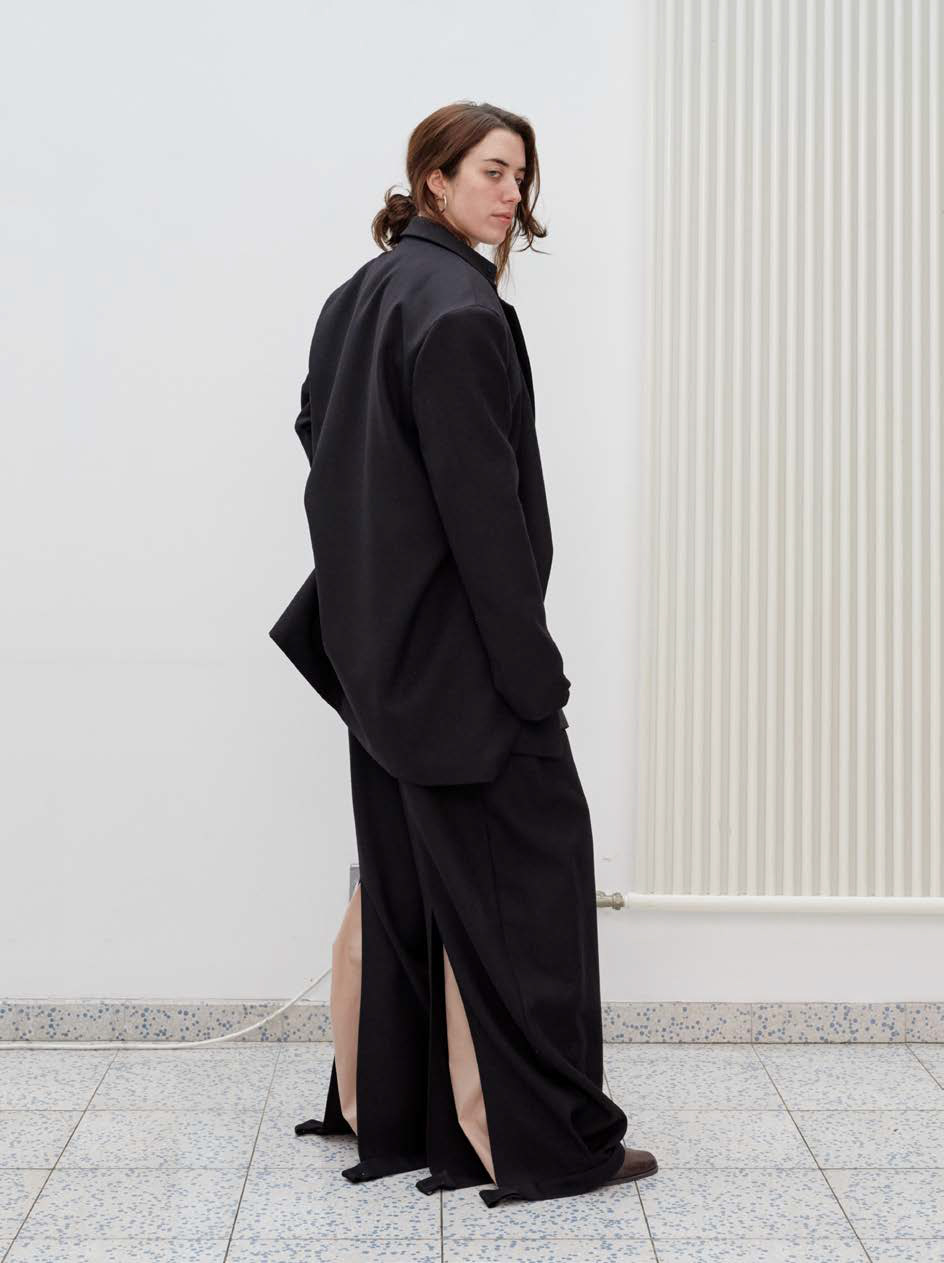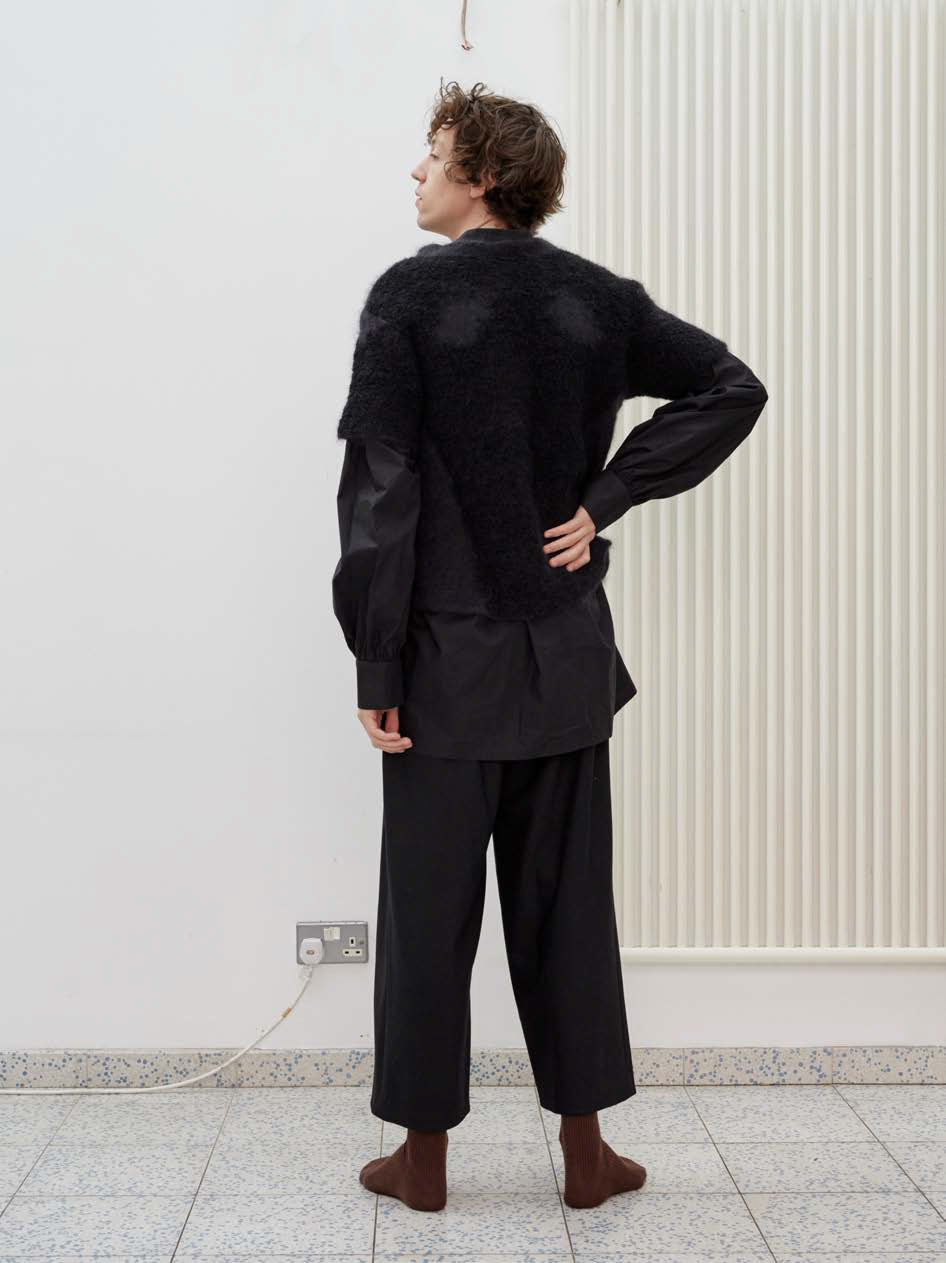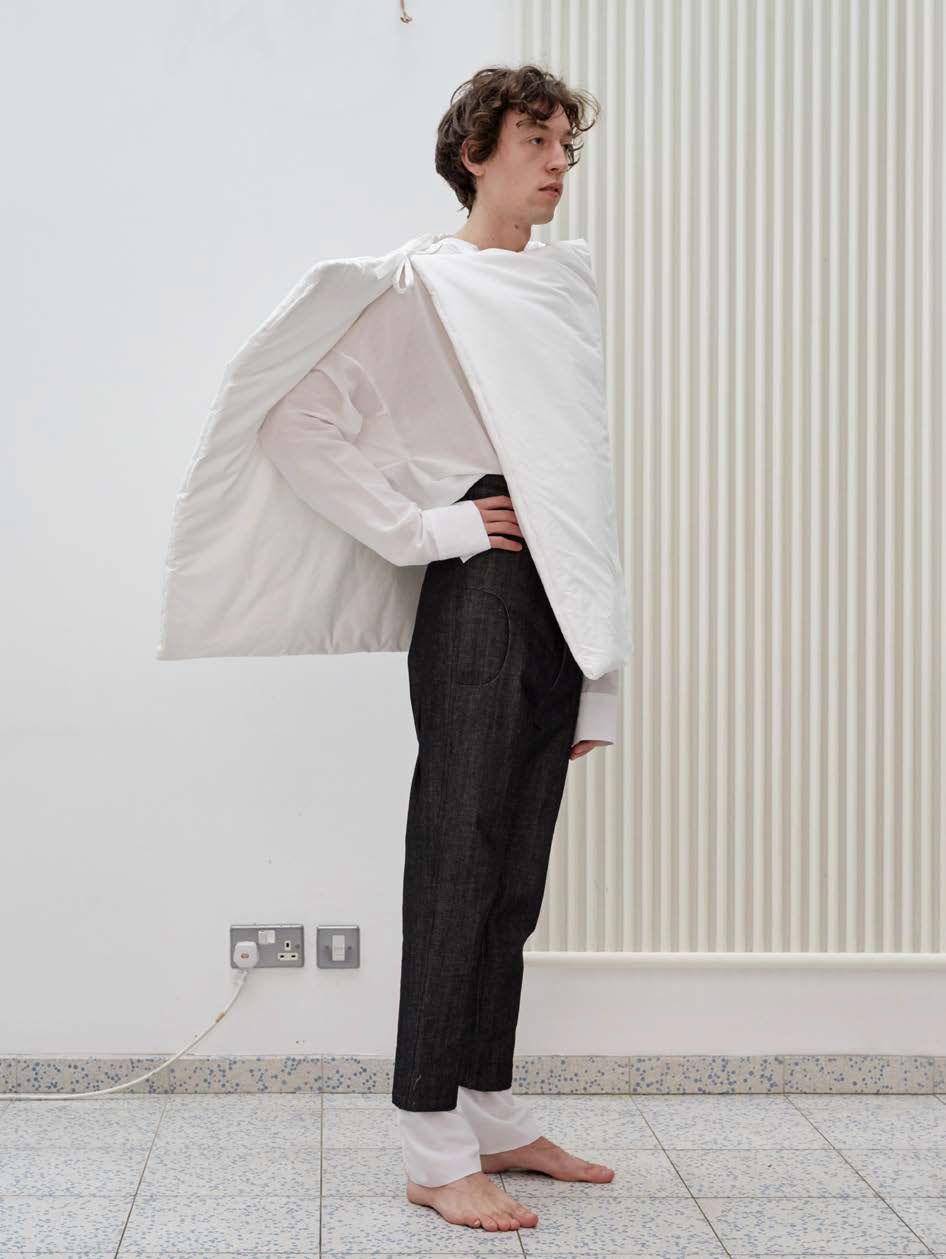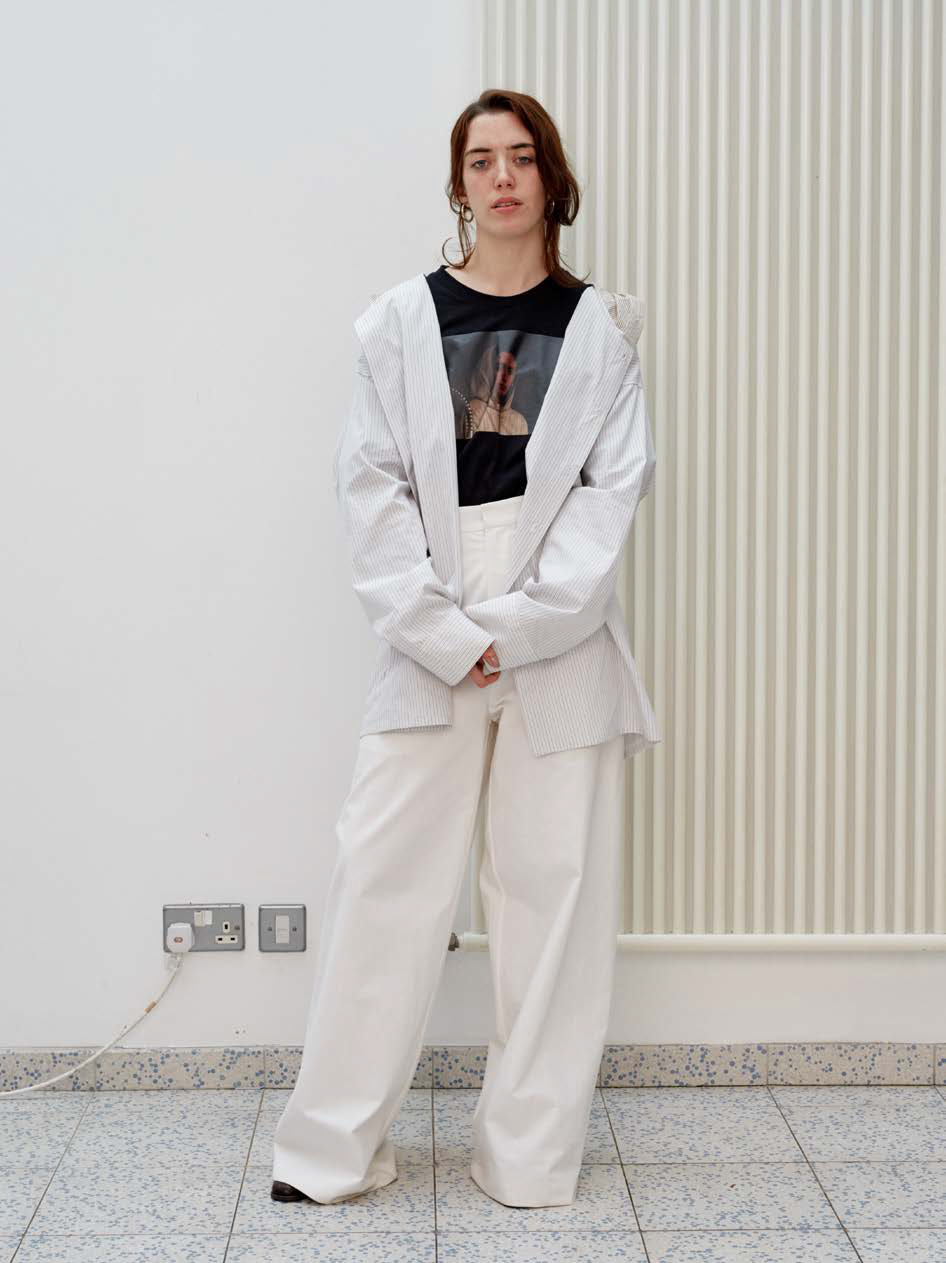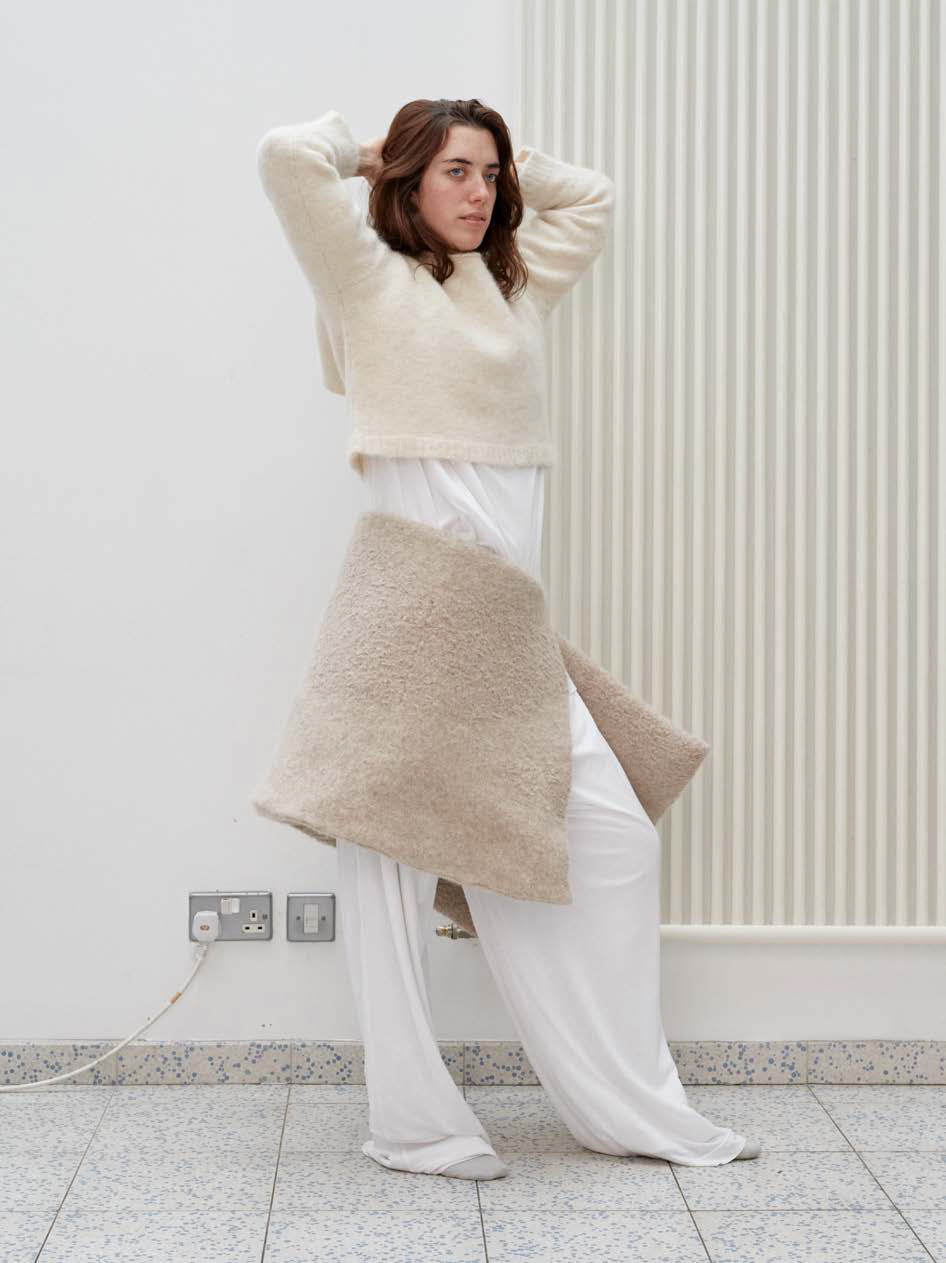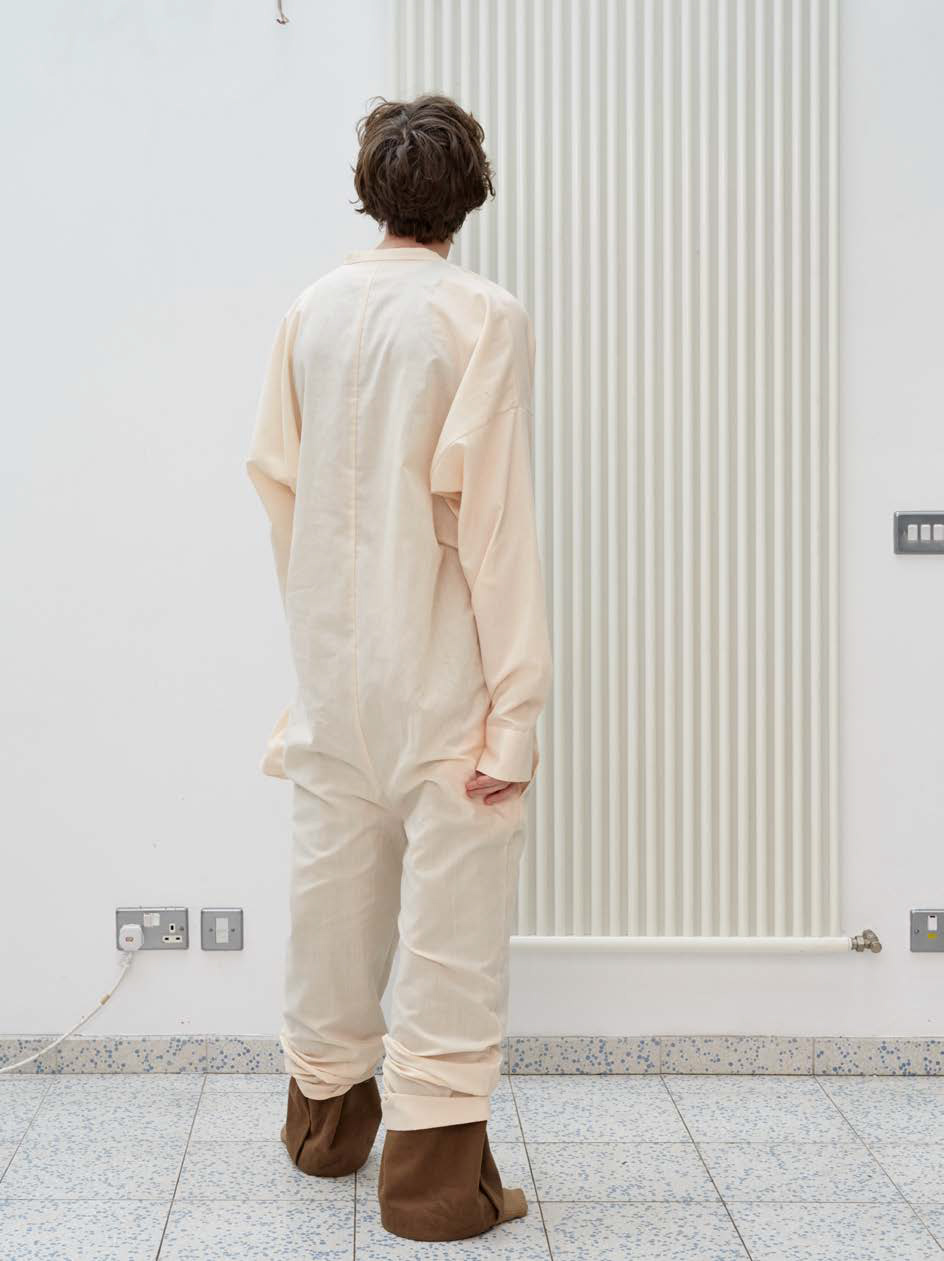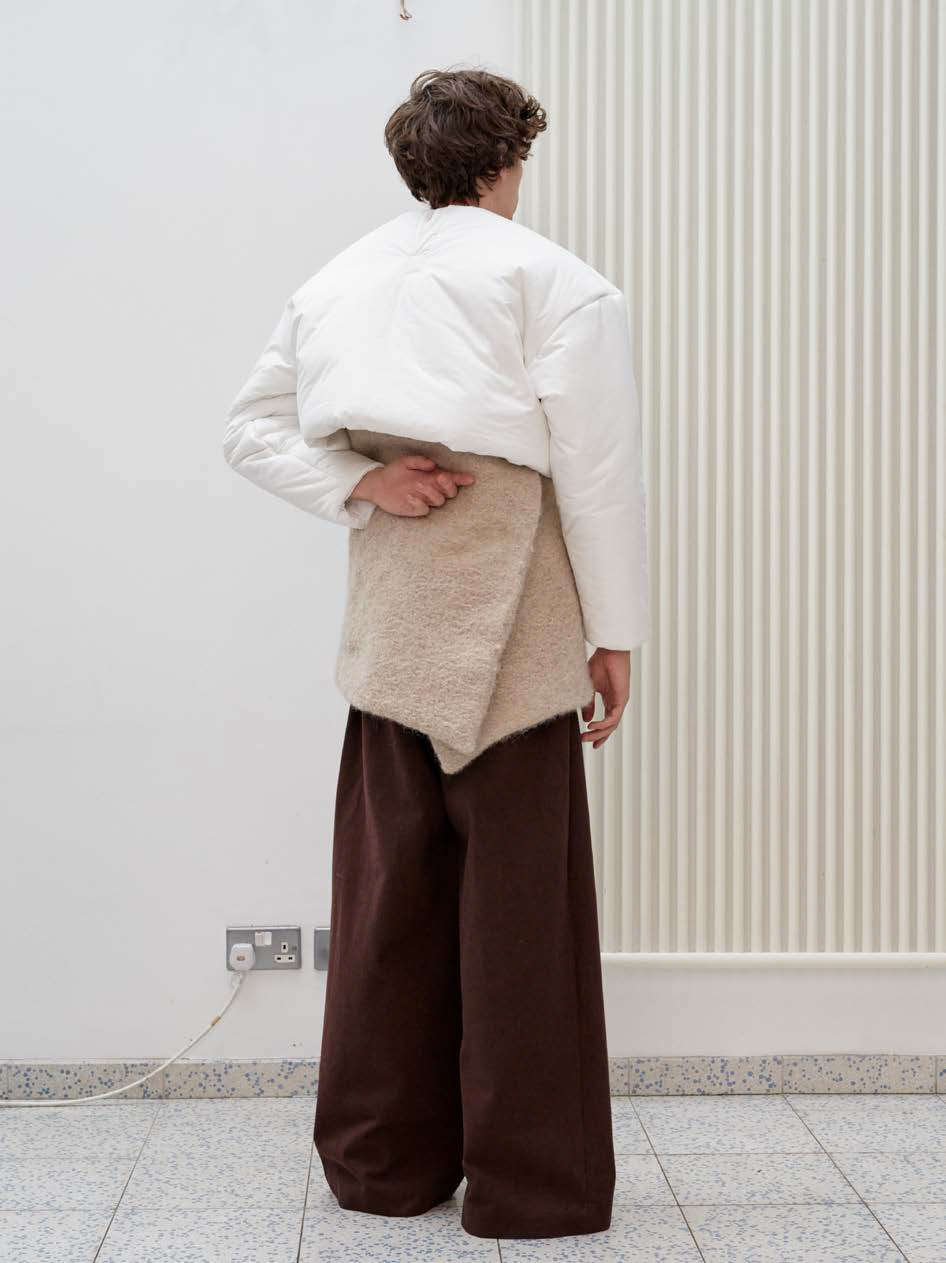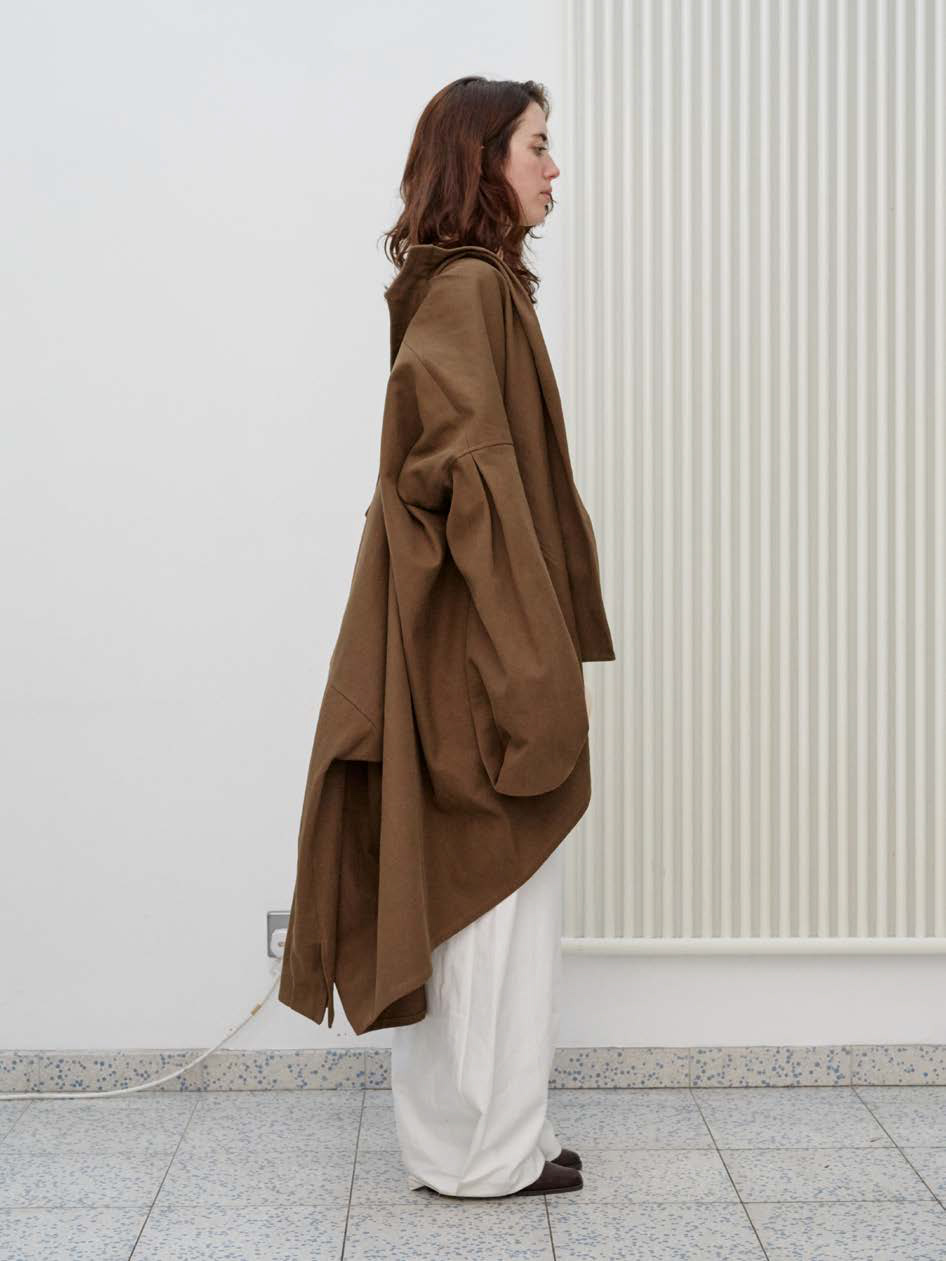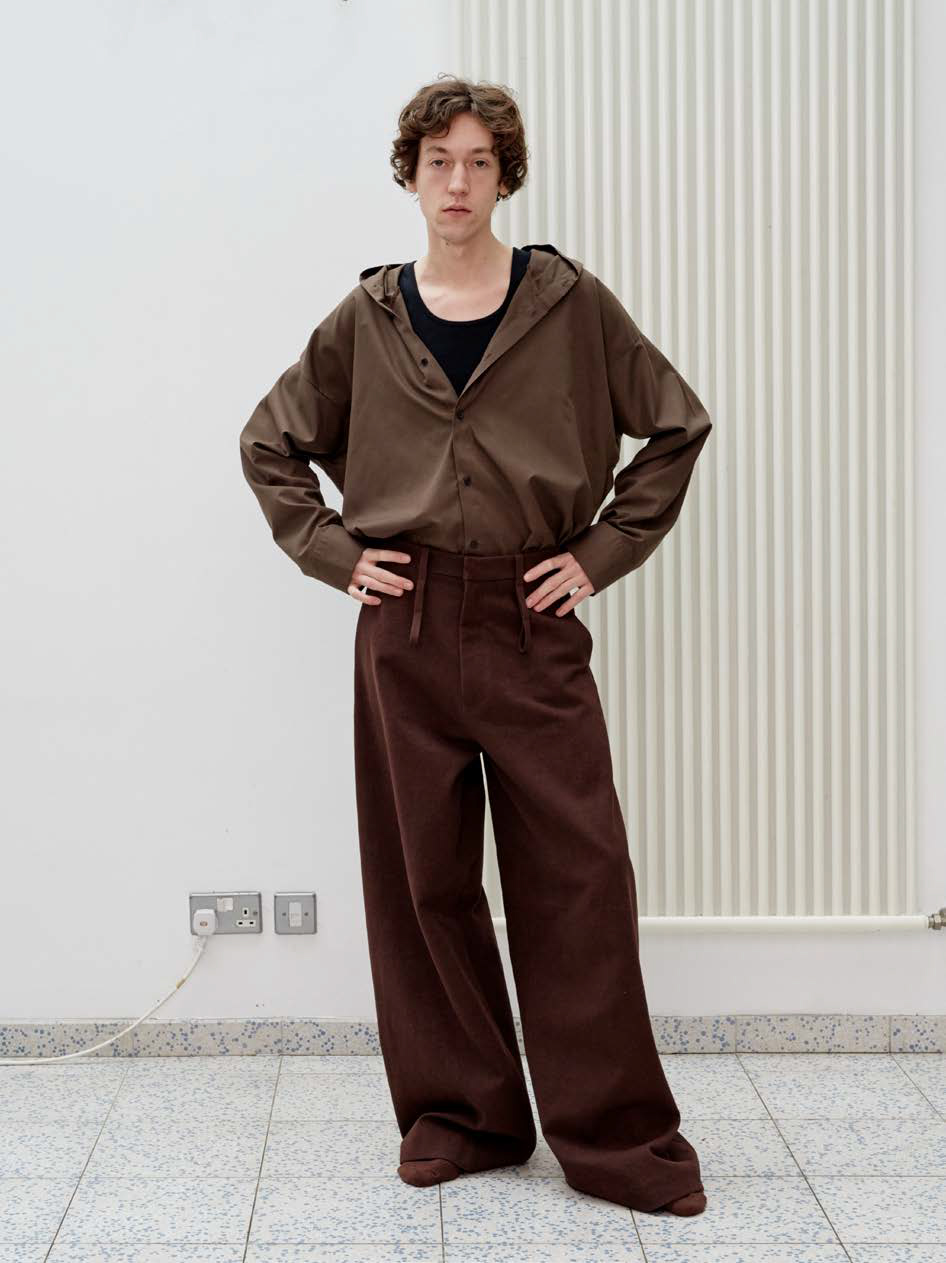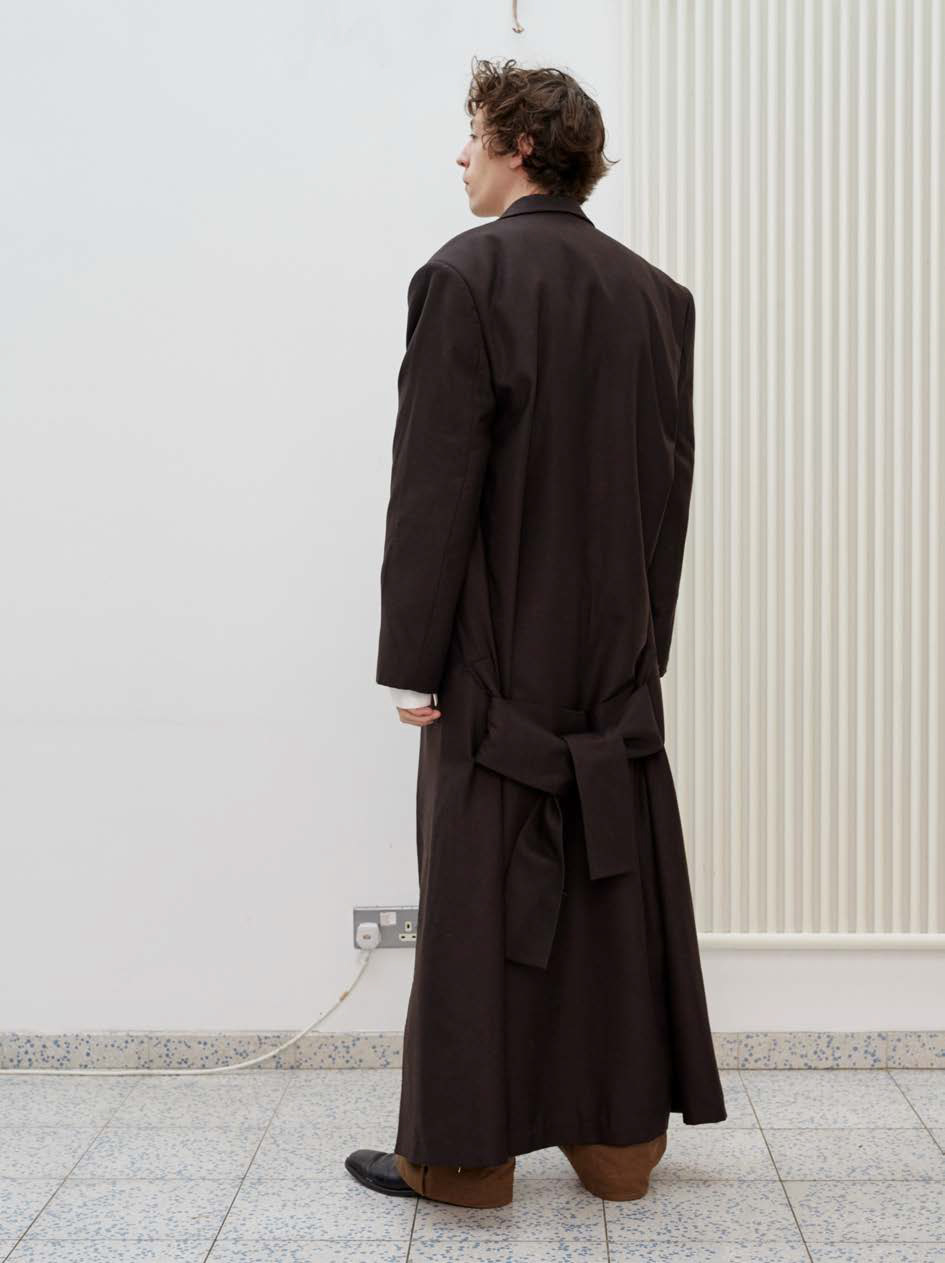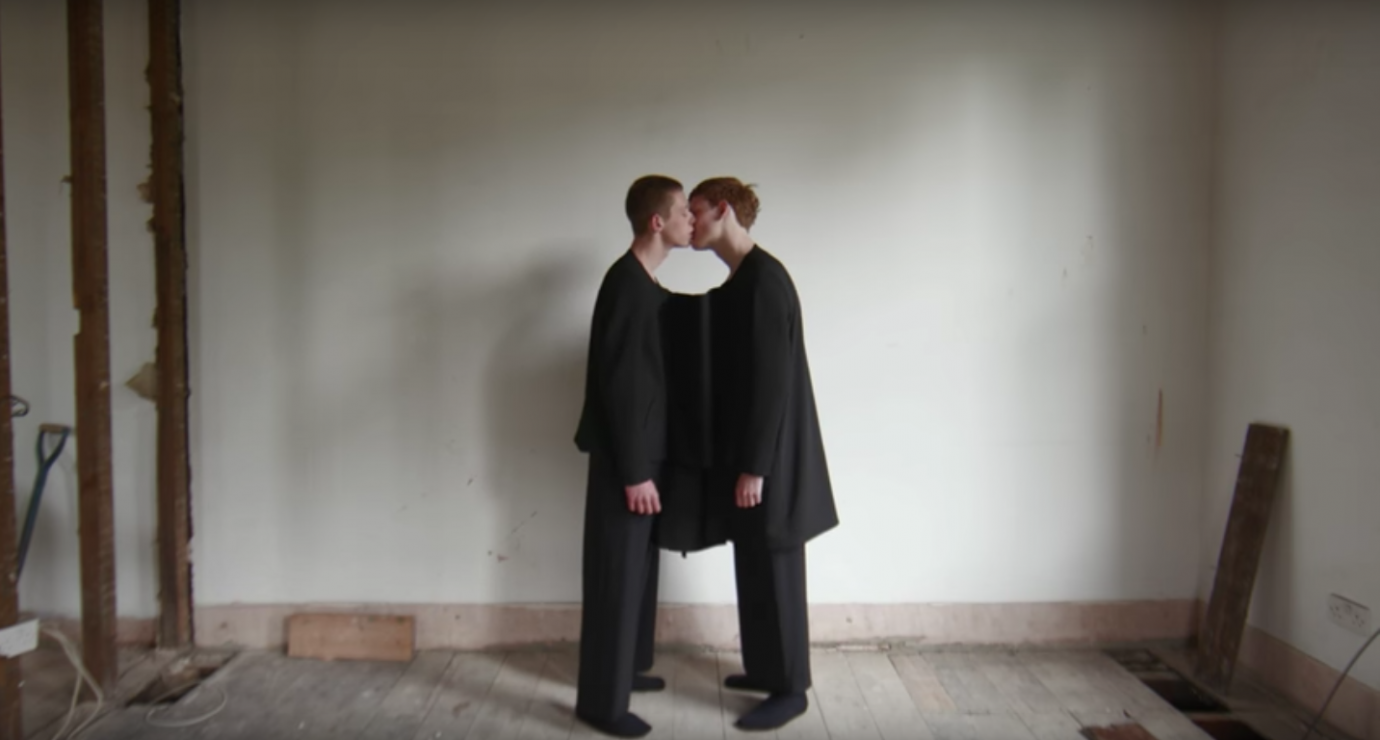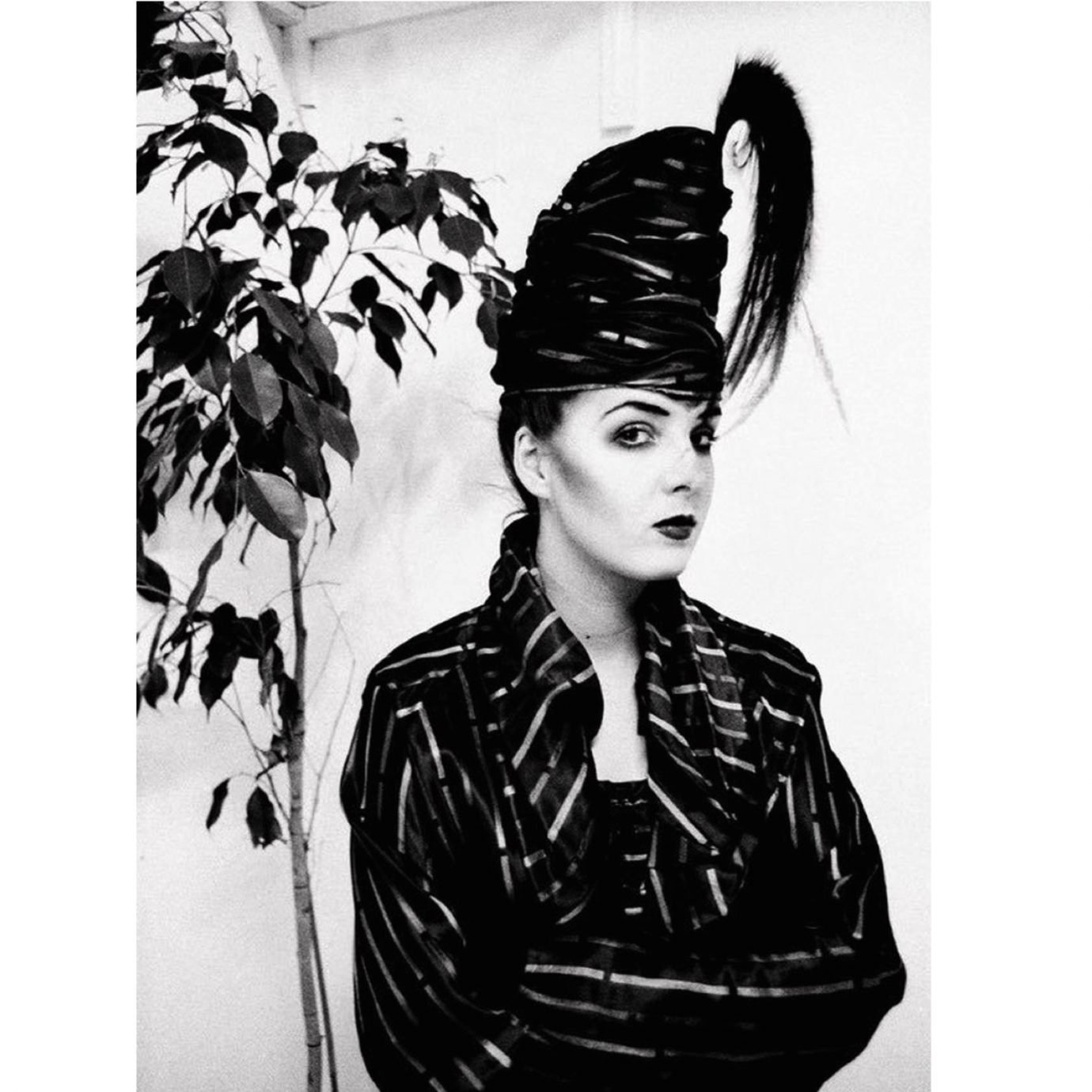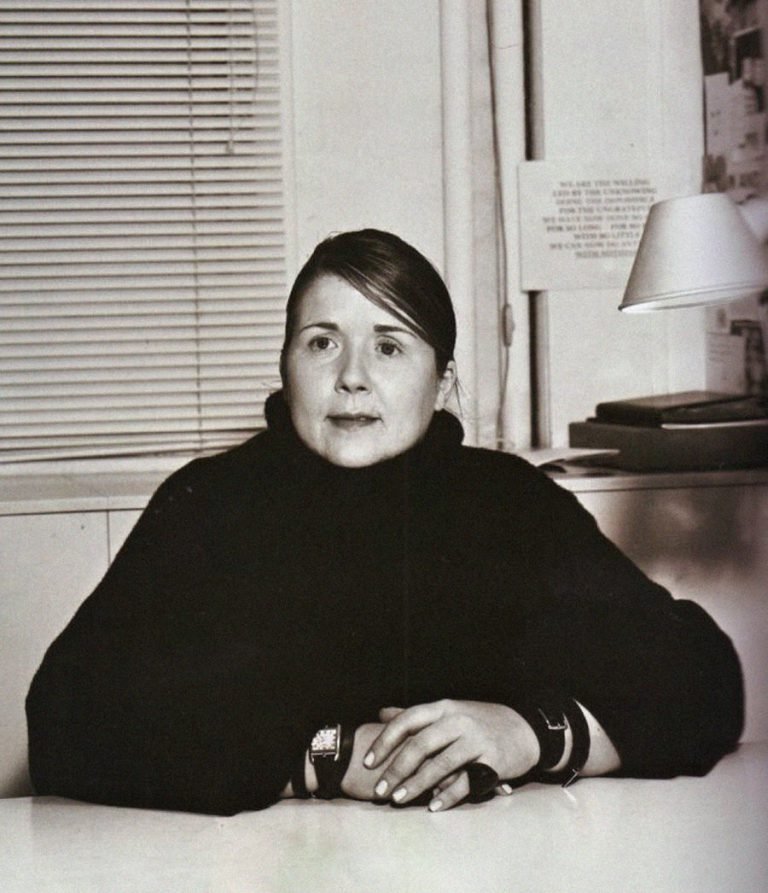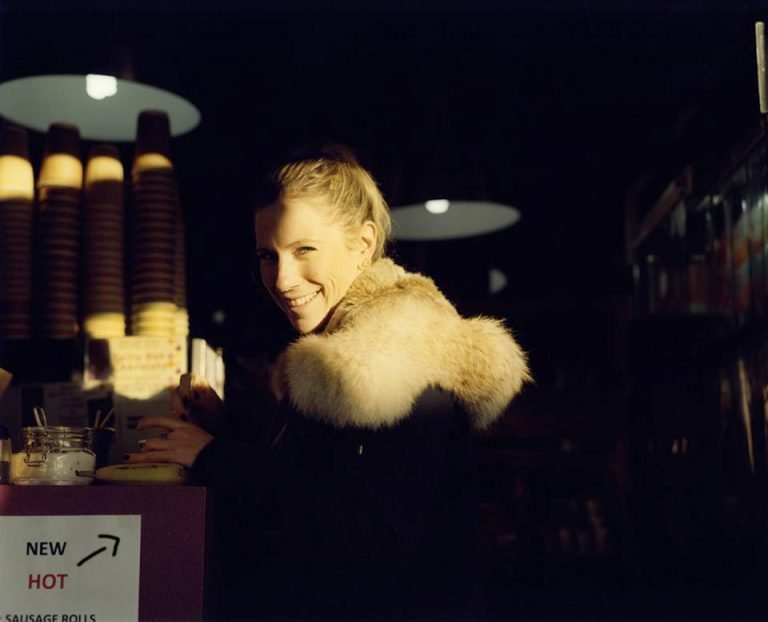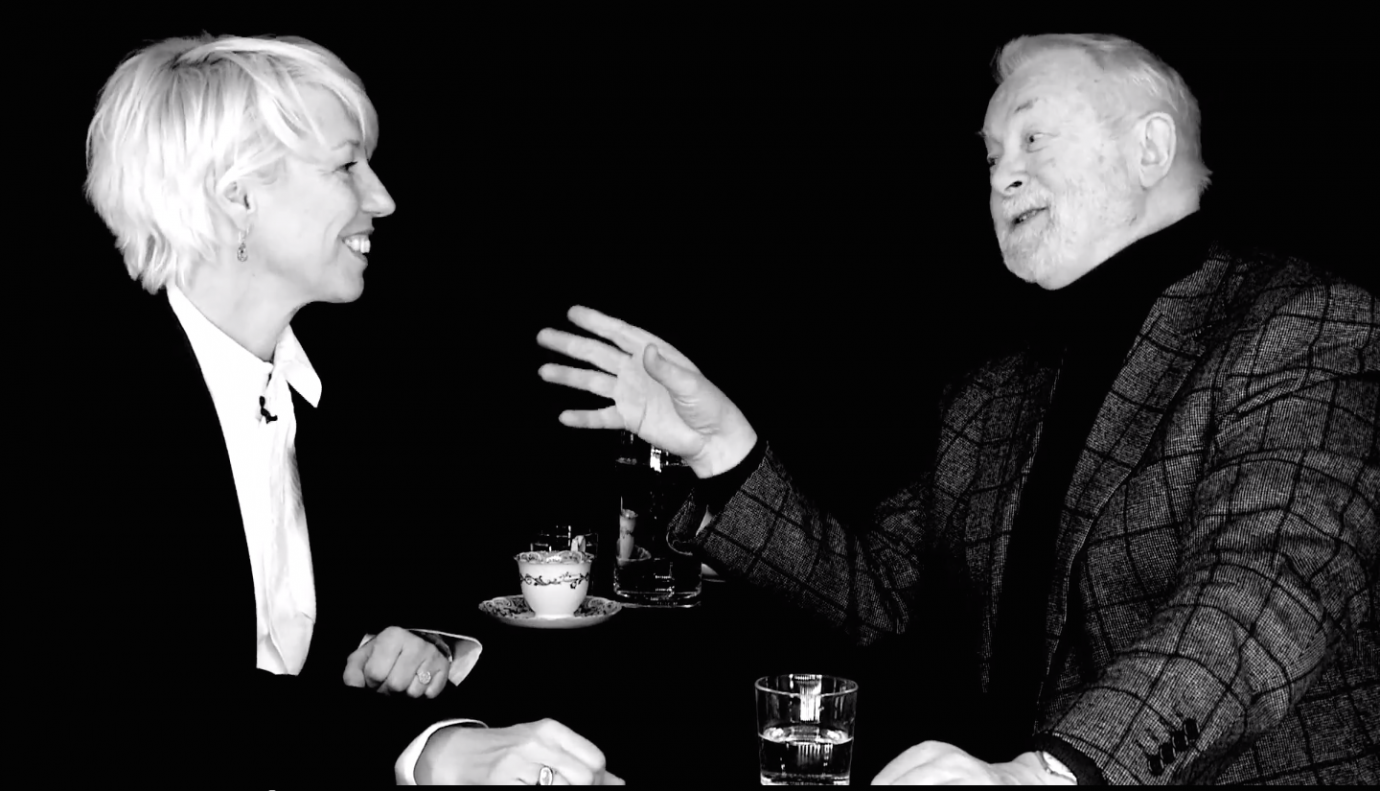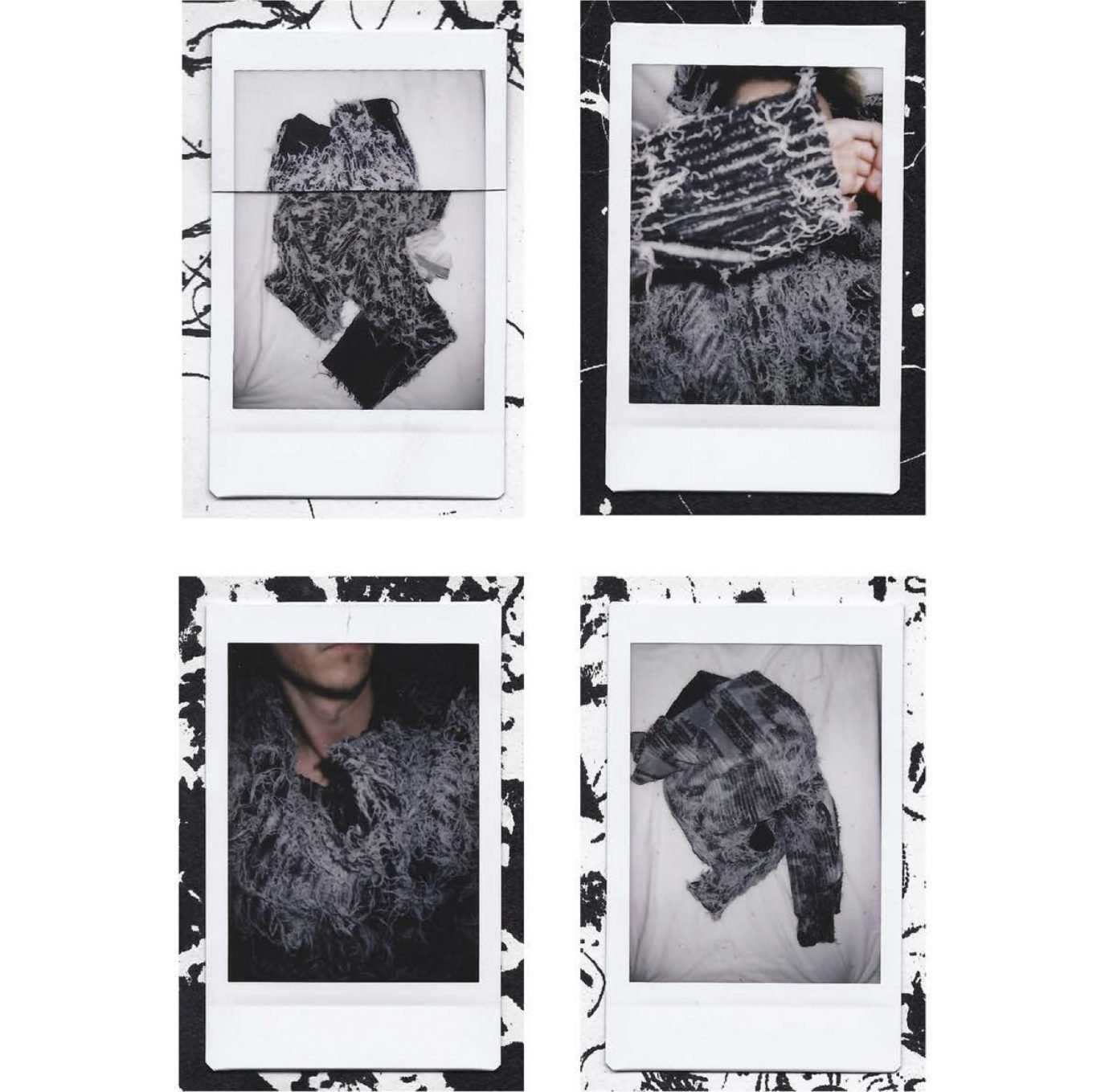Three years ago, Roni Ilan’s family grew by a member: she gave birth to her beautiful daughter – the biggest and most important impact on her life to date. “She influences everything that I think about,” Roni admits. As a fashion designer, private and work life go hand in hand. They are difficult to separate, since creative processes often start from personal experiences. Roni’s journey from a student to a mother is visible when comparing her graduate- to her latest collection. While both are minimal in design, her first collection is clean to the point of clinical; her FW17 collection shows an incredible warmth.
The older we are, the more important the concept of family becomes. While as teenagers most of us tried to distinguish ourselves from our parents as much as we could, later it becomes clear just how essential our families are to our lives. Looking back, the little problems we struggled with seem irrelevant and life experience allows us to look at the bigger picture. And just how fashion works, that one coat that our mother saved for us, which we always described as hideous in the past, is back in style and we’re glad she kept it.
Instead of separating work and private life, Roni took it one step further: she based her entire concept around the idea of family. And as all of her pieces are designed for everyone, “a dad, a mother, or a sister,” it just so happened that the menswear designer is now also a womenswear designer. While she always liked her own clothes to be oversized, she saw her menswear collections as something separate from herself – forms of art rather than just clothing. She never used to wear her own designs. However, during the design process of her latest collection, sometimes she didn’t have a fitting model – so she just tried the pieces on herself and they fit her just as well.
“Everything can be worn by everyone”, that’s an idea Roni also raises her daughter by. While gender neutral and genderless fashion seem to be in trend at the moment, for consumers it is often hard to distinguish if such developments from brands are actually genuine. For Roni, genderless fashion comes natural. “I never look at trends, I don’t even know what’s going on. I don’t design for a gender, I design for people.”
“I NEVER USED TO WEAR MY PIECES, THEY WERE SOMETHING OUTSIDE OF ME, LIKE AN ART FORM. BUT NOW I CAN LIVE IN MY ART.”
The collection started with a simple shirt, she wanted it to be comfortable and feel homely. As a mother, comfort is a vital part of fashion. For the shoot of her new collection, Roni casted a group of individuals to represent members of a family. Short films were created that gave the illusion of being filmed in a family home. They shot over two days and the models not only wore their outfits for the duration of the shoot, they also slept in it. They gave her very insightful feedback on her garments in return.
She doesn’t focus on how the clothes are going to look on a rack in a beautiful store, she imagines how they are going to make people feel once they wear them in the comfort of their own home.
Comfort is also central to her lookbook. Would we normally see models in blazers hugging each other in an advertisement? Absolutely not. Blazers are usually so stiff that they would move around and look unflattering on the models. But Roni shows exactly the opposite. The woman is wearing black, the man is wearing white: “they are both equal,” she is hugging him, both clearly unaware that their blazers are supposed to be uncomfortable and stiff. Comfort is the guiding thread in her lookbook – which was shot in her own home. It shows not only through her designs, her whole team is made up out of her friends, and everything is produced in her home: London.
So how can we share these garments with our families? Roni has been incorporating both her mother’s and dad’s clothes into her wardrobe all of her life. All are different sizes, so she had to work around it. Everything can be altered and worn in different ways, “you can grow up with it and you can change it.” The pieces have belt loops in different places and can therefore be worn by different sizes. “I kind of like the idea if something is a bit too big for you, or too small; it’s not super fitted or how it looks in an advert, you just put it on.” The pieces are designed to last and bring back emotional value to the things we own. It is not about seasons, not about trends, not about gender or age. It is about fashion within families.
And if we don’t necessarily want to share our clothes with our siblings or parents?
“Friends can be just as much family as our (biological) family.”

